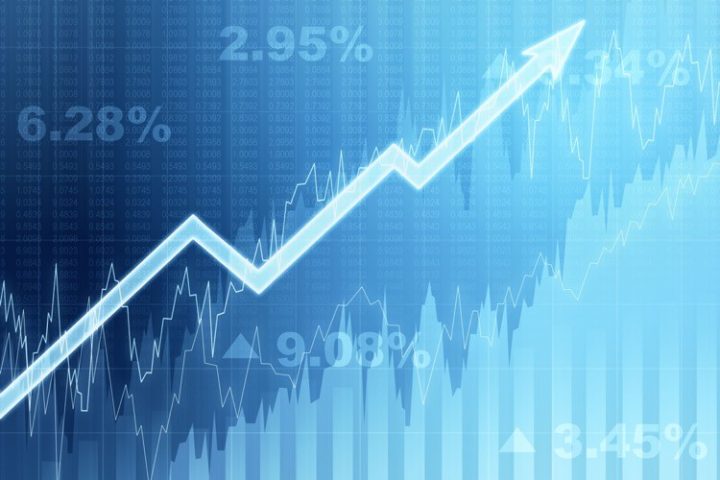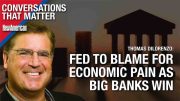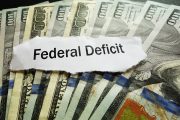
The jobs report for March from the Bureau of Labor Statistics (BLS) on Good Friday surprised even the most optimistic of forecasters: The surging U.S. economy added 916,000 new jobs in March versus the 635,000 that were expected.
That pushed the unemployment rate down to six percent, closing in on the record lows seen during the Trump administration.
So far U.S. employers have added back nearly 14 million jobs of the 22 million that were lost due to the COVID shutdown. If the economy continues its torrid pace, it could add another six million jobs by the end of the year.
The joy in the jobs market is reflected elsewhere. According to Morning Consult, the percentage of Americans reporting pay cuts or fears of losing their jobs has steadily declined since January. And the stock market, often a leading economic indicator for how the economy will look in six months, continues to set new highs. On Thursday, the S&P 500 Index — the index most reflective of the overall economy — set an all-time high, at 4,000.
The pace of applications for unemployment benefits has dropped sharply since the first of the year, and while still high by historical standards, it reflects the economic recovery as well.
Automakers can scarcely keep up with demand. On Thursday, General Motors reported that first-quarter sales rose by four percent; Chrysler said their first-quarter sales jumped by five percent; Ford reported retail sales in the quarter leaping by 23 percent; Toyota reported gains in U.S. sales of 22 percent; while Hyundai said U.S. sales in the first quarter leapt by 28 percent.
The Institute for Supply Management (ISM) also reported on Thursday that manufacturing activity in March hit the highest level seen since December 1983, 37 years ago.
Economic forecasters, by and large a conservative lot, are suggesting that when all the numbers are in for the first quarter, they will show an economy expanding at a 10-percent annual rate, with 2021 as a whole to boast a seven-percent rate of growth.
Even establishment economist Mark Zandi, chief economist for Moody’s Analytics and usually inclined to see the worst in the best of times, hypothesized that the U.S. economy is so strong that the expansion could continue well into 2025.
Several factors support the bullish case for the U.S. economy and for stocks, including 1) the massive accumulation of savings that consumers built up during the shutdown; 2) the loosening of mask mandates, allowing retail establishments finally to fully reopen; 3) the so-called wealth effect from rising real-estate values and increases in 401(k) balances, and 4) the enormous fiscal boost to the economy, both actual and proposed, to be provided by large increases in the money supply to be spent on various government projects.
All of which comes at a cost. But at the moment those costs — more government regulation, higher taxes, increasing prices due to the inflation of the money supply, and ultimately higher interest rates to “combat” that inflation — are muted.
If the stock market keeps its word as a predictor for how the U.S. economy will look in six months, the current surge could continue well into the summer and beyond.



